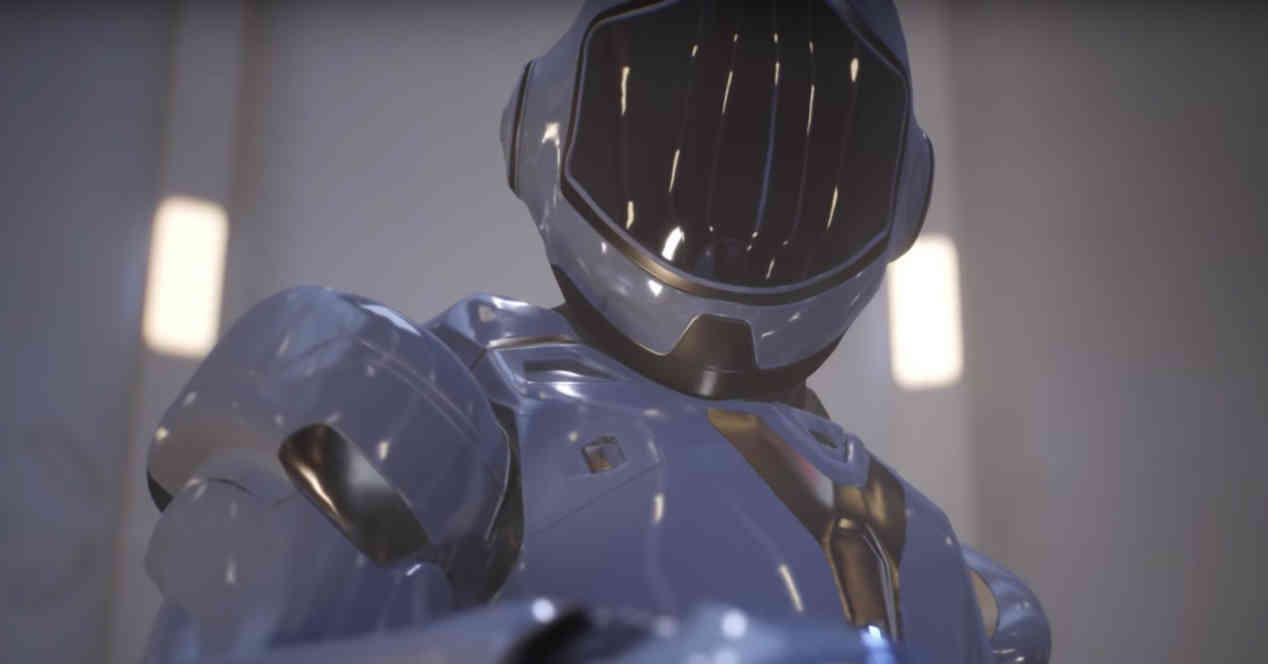First of all, keep in mind that Ray Tracing requires very high computing power, not only from the GPU but also from the CPU, so if you have a processor with few cores and / or low clock speed so note that it will have to negatively affect performance in games. To this day, parts of ray tracing continue to work by pulling on the processor.
Make sure your GPU is ready
Ray Tracing is a recent addition to commercial PC video games and it is not a complete addition either, as game scenes are not fully rendered using Ray Tracing, only parts of it. Especially those which have to do with the “transport” of light when its rays are generated indirectly. That is, when an object does not generate a light source, directly, but allows light rays to bounce back.
What Ray Tracing allows for now is that indirect lighting effects are achieved much more precisely than before. This includes the reflections that are typically done with environment cards, replacing shadow cards, etc. The problem is that for this it is necessary to repeatedly calculate the rays that come out of the camera or of each object with the rest of the scene. It is a job that takes a lot of power from the GPU shader units to do. Because it is carried out continuously, it causes a drop in performance which in many cases is of an order of magnitude or even ten times less.
The solution? It is the inclusion of the intersection calculation units. NVIDIA was the first to do this with its Turing GPU architecture which is the basis of its RTX 20 and the improvements to the Ampere architecture of the RTX 30. AMD, on the other hand, released its version in its RX 6000 with the RDNA 2 architecture. We are objective, the intersection unit of the RTX 30 is a little more powerful than that of the RX 6000. But both do their job perfectly. The rest of NVIDIA and AMD’s GPUs, not having these units, have a huge drop in performance, to the point that they cannot be used.
Two Ways to Measure PC Ray Tracing Performance
First of all, as we saw in the previous section, make sure you have the right graphics card to run an application that performs ray tracing. Once this requirement is met, keep in mind that there are two types of applications that use Ray Tracing.
- Those who combine ray tracing and rasterization to compose the three-dimensional scene, where ray tracing is used to solve specific problems.
- Those who only use ray tracing.
Although to this day we keep seeing Ray Tracing everywhere, we are still very, very far from being able to see realtime rendered games that use Ray Tracing as the only method of composing the scene. This is why we have to talk about two ways of measuring ray tracing performance and therefore two ways of checking if our PC is powerful enough.
Measuring ray tracing performance in games
Today Cyberpunk 2077 is the most technologically advanced game that has been released on PC, aside from the huge amount of bugs and glitches it has come out with, it is in theory a great game for test the performance of the game. in Ray Tracing, but the game depends heavily on SSDs for its performance. The other reason
The other reason is that being what we call a sandbox, it runs an immense number of instances at the same time to decide what happens in the scene. So that’s a really big load on the CPU, not to mention when they get out of hand and end up generating the issues and bugs that have become famous. So, despite the spectacular visuals of the game, we don’t think this is the best way to measure the performance of a graphics card for ray tracing.
So what is the best option? From our perspective, we have three options at the moment. All three are games and not synthetic benchmarks and use all the potential that current GPUs allow for ray tracing, so one of the three will be used to measure the strength of your graphics card for ray tracing. The three games are Metro Exodus Enhaced Edition, Doom Eternal, and Control from Remedy Entertainment. If your PC can run any of these three games without a problem, then it will have enough strength to run anything
Other Ways to Measure Ray Tracing Performance
As we commented before, there are two types of ray tracing apps, the ones we will cover in this section are apps that use outright ray tracing without any kind of rasterization. For this, the most used and recommended benchmarks are the benchmarks integrated in 3DMark to measure the performance of GPUs when rendering scenes entirely generated by Ray Tracing.
In 3DMark, there is the Port Royal benchmark, which is used to measure GPU performance for Ray Tracing. But what is the scale to use to find out if our PC is good enough for the future in this regard? It’s hard to say, but we think anything that scores less than 5,000 has low health. Being the 4600 points, the performance figure of an NVIDIA RTX 2070.
Keep in mind that while Port Royal is a benchmark that works with the DirectX Ray Tracing API, like in commercial games, this is because DXR is not just used to create games with hybrid rendering. For example, in these cases we have the case of Quake II in its Path Tracing and Minecraft RTX version. But where performance matters is when creating audiovisual content with Ray Tracing, especially if we are using tools like Blender, 3D Studio, Maya and many other tools that will use DXR to render the scenes created by users, whether they are amateurs or professionals.
Table of Contents













